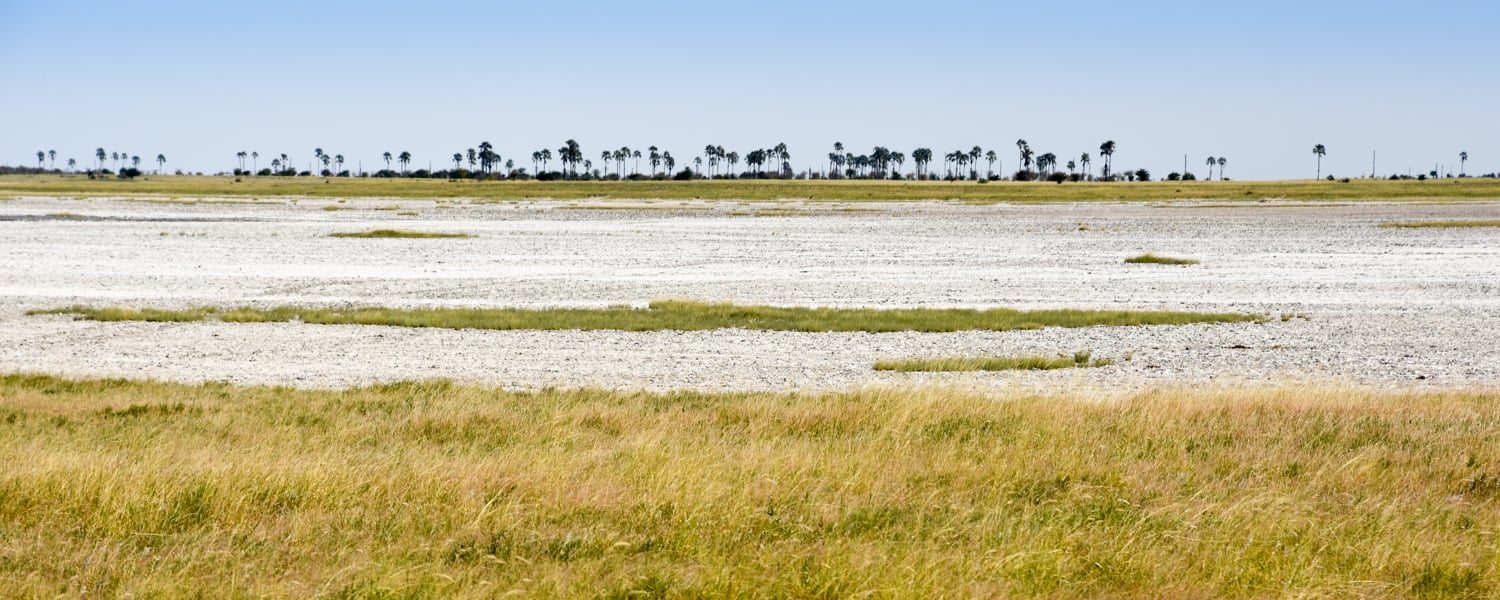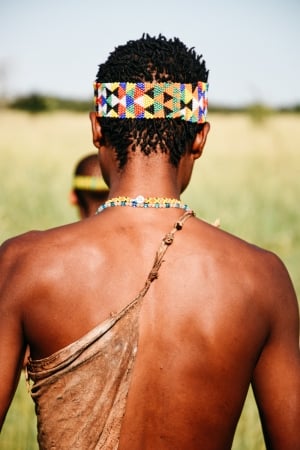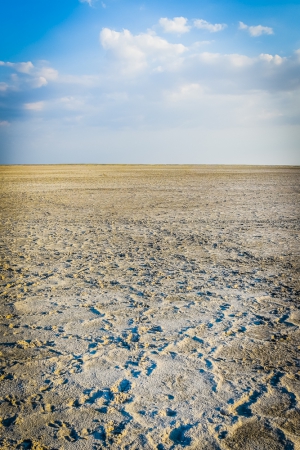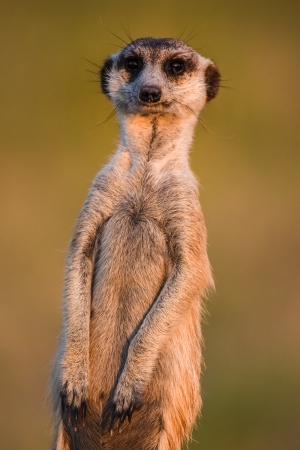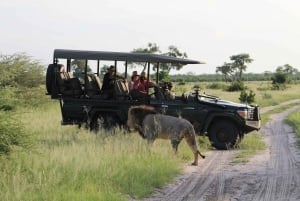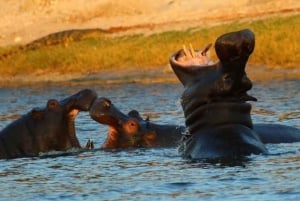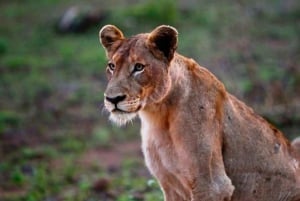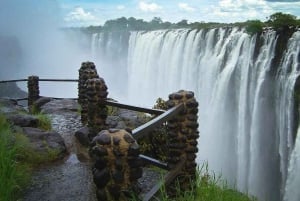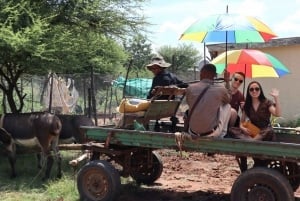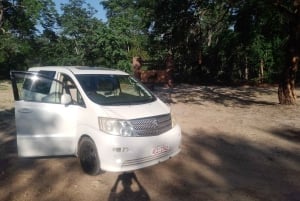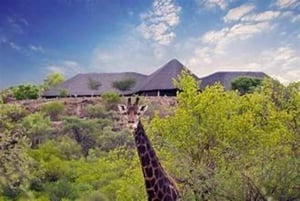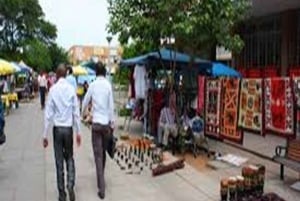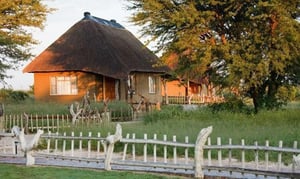Makgadikgadi, Nxai Pans & Kubu Island
Makgadikgadi Pans National Park & surroundings:
Makgadikgadi and Nxai Pans National park are divided by the A3 tar road between Gweta and Maun and although unfenced, forms a natural border. The Makgadikgadi Pans National park encompasses only a small corner of the Ntwetwe salt pan, which makes up perhaps 1/5th of the park. The remainder of the scenery is a combination of rocky outcrops, acacia woodlands and open grasslands.
Things do to and Where to stay:
There are no lodges inside the Makgadikgadi Pans National park, only campsites which should be booked in advance due to limited availability. The park allows day visitors in exchange for a park entrance fee. There are several lodges just outside the park boundaries, and if you have limited time available, would need to choose between east and west.
Your experience in the east, will be quite different to that in the west. If you stay on the western fringes of the park, you will find that the main activity on offer is wildlife watching, with game drives taking place either on the lodges private property or in the park itself. Only a few of the lodges take you to see the salt pans, given that they are based on opposite ends of the park and some properties only offer this excursion, based on a minimum 3 night stay. My favourite place to stay here is Leroo La Tau, which has some incredible views over the Boteti River and offers spectacular wildlife sightings, when large herds of antelope start arriving from June/July, onwards until around October/November (weather dependent).
On the eastern side of the park the activities revolve around the Ntwetwe salt pans, including day and overnight trips onto the pans, a visit to the Greens or Chapmans Baobab, cultural activities with the local San Bushmen, or a stop to meet the habituated meerkats. You can chose to stay at Camp Kalahari, San Camp or Jack's Camp, which are located on the edge of the Ntetwe pans near the park border. TIP: If you can't afford the luxury lodges in this region you, can stay in Gweta instead, where you can partake in similar activities.
The best time to visit the Makgadikgadi Pans National park is arguable and depends on your preference in activities. If you plan on enjoying some quadbiking and overnight excursions onto the pans, it has to be in the dry season (May/June - October/November). The salt pans will be filled with water during the wet season (December - April), which limits the activities that can be offered. If your interest is more in wildlife, then stick to December - April in the east and June - October in the west, when large herds of Zebra and Wildebeest migrate through the regions, which can be a great spectacle. Do note the migrations are dependent on the rains and the patterns vary slightly from year to year.
Nxai Pan National Park:
North of the Sua and Ntwetwe pans you will also find the Nxai Pan, Kudiakam Pan and Kgama Kgama Pan, which combined with open grasslands and a selection of trees including Acacia and the famous Baines Baobab, make up the Nxai Pan National Park. The park is open to self-drivers and considered one of the easier parks to drive in, considering you are travelling during the dry season (May/June - October).
Things do to and where to stay:
This area has arguably some of the best wildlife sightings of all the salt pans during December to April, when herds of plains game migrate through the region followed by a number of predators, including Cheetah. An additional attraction are the Baines' Baobab Trees on the Kudiakam Pan, a selection of Baobab trees who gained initial fame, when they were painted by the victorian explorer and artist, Thomas Baines in the early 1860's.
There is only one lodge inside the park called Nxai Pan Camp, which can be accessed by car or plane. There are campsites available placed around the Nxai Pan and Kudiakam Pan. The closest campsite to Baines Baobab Trees is BBCAMP1.
Nata Bird Sanctuary:
The Nata Bird Sanctuary is located on the Sua Pan, with the entrance approximately 17km south of Nata. The scenery is similar to that described in the Makgadikgadi Pans National park above. During the dry season, the pans are relatively quiet, and one of the best times to visit, is after the first rains have fallen. At this time a number of migratory birds arrive and use this area as their breeding ground (December - April). It is found to be one of the largest breeding grounds for both Lesser and Greater Flamingo in the world, alongside Lake Ngami and Etosha National Park in Namibia. The Flamingo usually arrive between March and June following the rain, although they do not breed here on an annual basis. Birds may be the major highlight in this region, but a number of antelope such as Wildebeest, Zebra and Springbok can also be seen.
Things do to and where to stay:
There is a campsite nearby the entrance, although it has been said that it's not looked after too well. The easiest is to stay in Nata, which is a short drive away and would suggest a place like Nata Lodge. You can travel to Nata Bird Sanctuary via self-drive, considering you have the right vehicle, or choose to watch birds from the nearby hide. Some of the accommodation offer guided drives into the Sanctuary, mainly focused on birding.
Kubu Island:
Once an island in the great Lake Makgadikgadi, Kubu now provides refuge to those feeling lost in the emptiness of the Sua Pan. It is a rocky outcrop in the shape of a crescent, covered by a number of Baobab Trees and surrounded by the vast salt flats of the Sua Pan. The island is an official monument and has great meaning to the indigenous people of this area.
Things to do and where to stay:
The island can be visited via self-drive or an organised tour. If you like adventure, I would suggest a couple of nights out here on a quadbike excursion, where you get to sleep under the stars and experience what it is really about. It is best to travel here during the drier months (June - October) when the pans are dry, which makes the journey a lot more pleasant.


